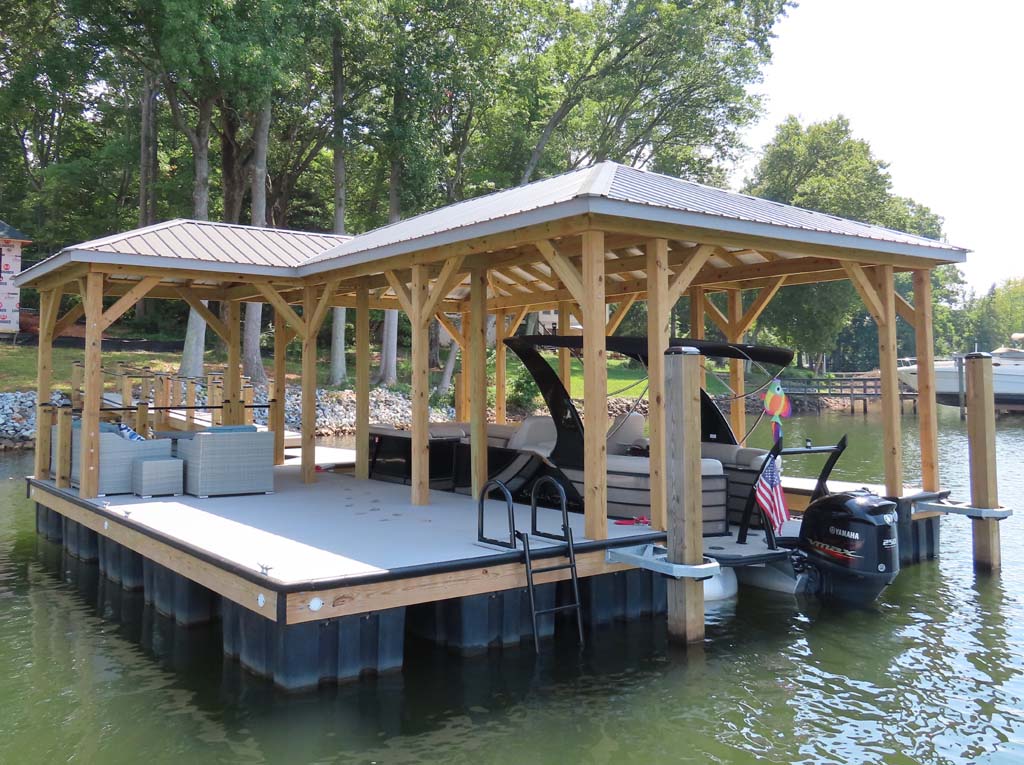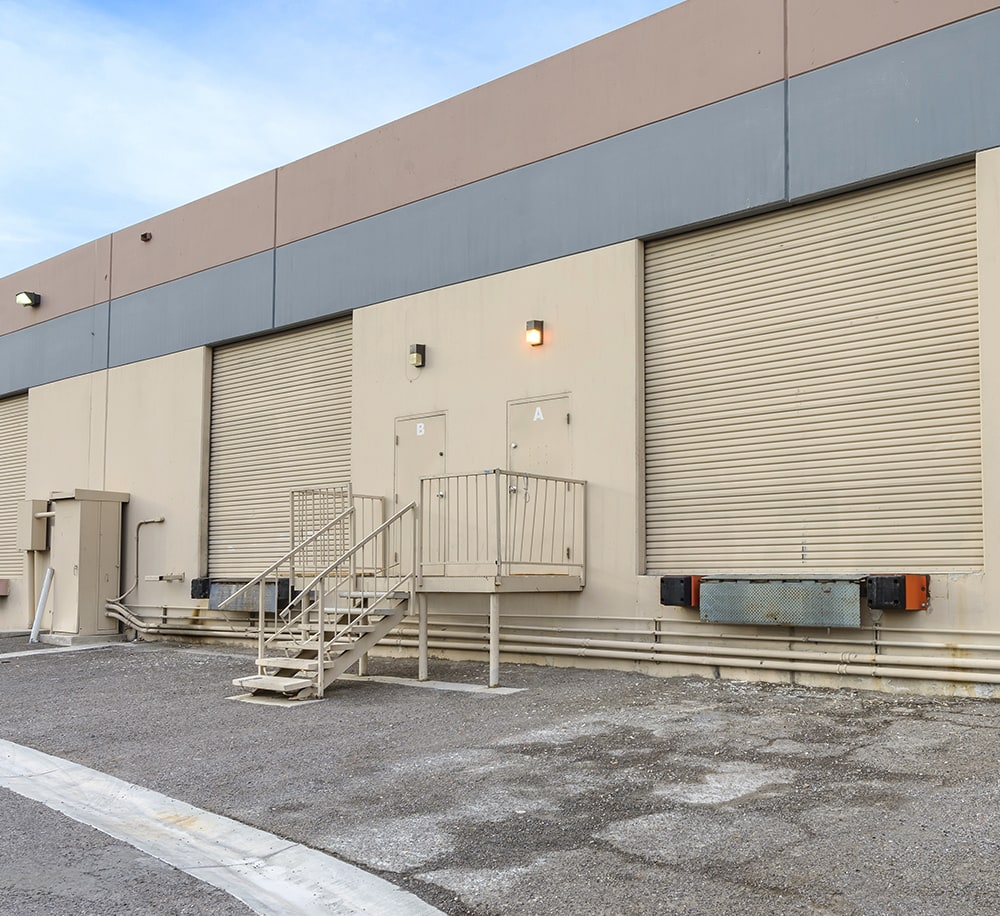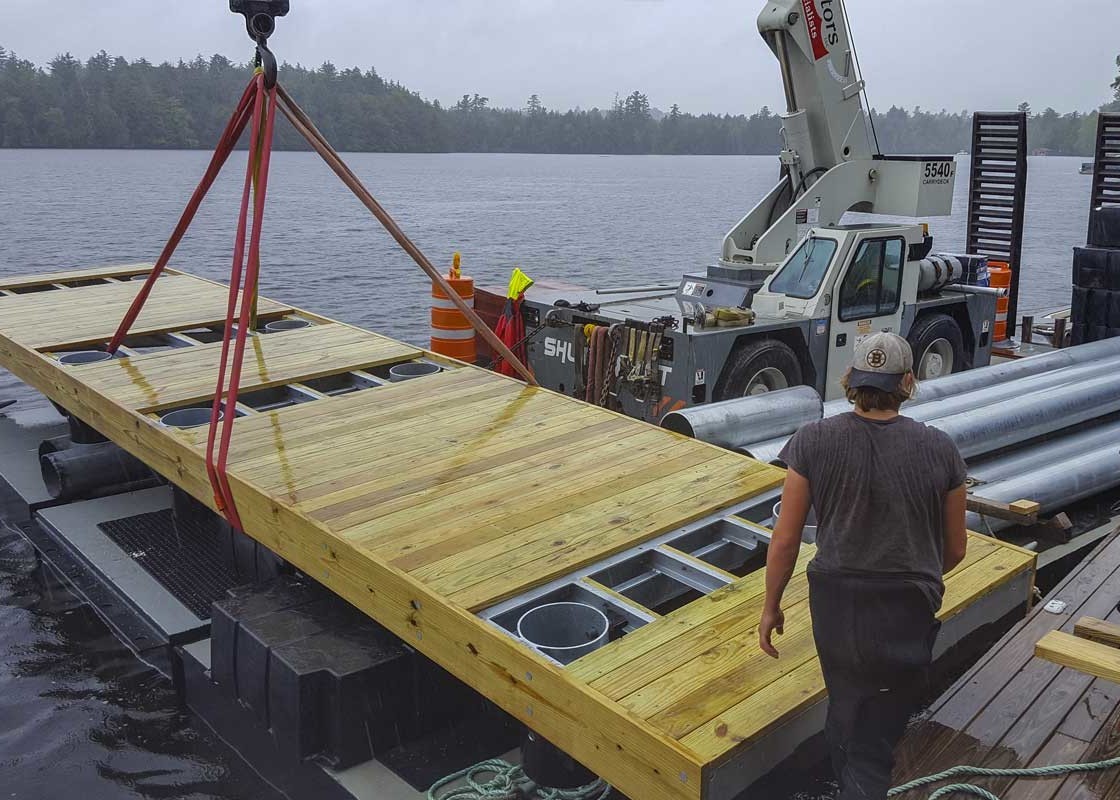Reliable Dock Repair Service Techniques: Making Certain Architectural Stability
Guaranteeing the architectural stability of docks through efficient repair work techniques is extremely important for the longevity and safety and security of marine centers. Subsequently, choosing the best repair products, such as corrosion-resistant alloys and composite materials, is important for sturdiness.
Assessing Dock Damage
Evaluating dock damages is a vital initial action in guaranteeing the architectural integrity and safety of any kind of docking facility. Trick facets to analyze include the dock's foundation, pilings, decking, and equipment (Dock Repairs).
Architectural engineers or qualified inspectors normally do these evaluations utilizing specialized tools and methods. As an example, underwater assessments may utilize sonar devices or from another location ran lorries (ROVs) to spot immersed damages. Over water, visual assessments are matched by utilizing wetness meters and various other diagnostic devices to uncover underlying issues not promptly noticeable to the nude eye.

Choosing Fixing Materials
Selecting the ideal repair materials is a critical step in the dock restoration procedure, one that straight influences the longevity and efficiency of the repaired framework. Product choice must be driven by aspects such as ecological conditions, load-bearing requirements, and compatibility with existing dock parts. For example, timber is a traditional option for docks as a result of its natural strength and visual charm. However, picking the right sort of wood, such as pressure-treated lumber or normally rot-resistant species like cedar or teak, is critical to endure marine atmospheres.
In addition to wood, composite products are progressively popular as a result of their sturdiness and low upkeep demands. Composites, normally made from a blend of plastic and timber fibers, provide superb resistance to rot, bugs, and UV damages. For metal anchors, choosing corrosion-resistant alloys such as galvanized steel or marine-grade light weight aluminum is important to prevent rust and ensure architectural integrity in saline water problems.
Epoxy materials and marine-grade sealants are crucial for repairing fractures and securing joints, giving a waterproof barrier and improving the dock's total strength. By carefully picking premium products, dock fixings can achieve resilient results, thus safeguarding against future deterioration and making certain safe, trusted use.
Structural Support Methods
Reliable architectural reinforcement strategies are crucial in making certain the stability and long life of dock repairs. This method is especially efficient for docks subjected to heavy tons or severe ecological problems.
An additional important method is the application of fiber-reinforced polymers (FRP) These materials supply high strength-to-weight proportions and outstanding resistance to rust, making them excellent for enhancing concrete or wooden anchors. FRP can be applied in sheets or strips and bonded with epoxy materials to boost structural honesty.
Supporting and anchoring systems also play a vital role in structural reinforcement. Cross-bracing, using steel or wooden beams, can combat side pressures, decreasing swaying and movement. Anchoring systems, such as helical piers or driven piles, give a stable structure by transferring loads to deeper, more secure soil layers.
Lastly, the assimilation of load-distribution plates can assist disperse weight a lot more evenly throughout the dock's surface, mitigating local tension factors. These techniques jointly make sure click here for more that docks remain secure and durable, with the ability of enduring the roughness of their operational setting.
Advanced Repair Work Approaches

An additional advanced technique involves underwater welding, which allows for repairs to be carried out without the requirement to dewater the area. This technique is especially beneficial for resolving architectural issues in submerged dock components, guaranteeing very little interruption to procedures. Boosted welding strategies, coupled with robotic systems, provide precision and reliability, thus prolonging the life expectancy of the dock.
In addition, cathodic protection systems are carried out to protect against rust in metal dock frameworks. By making use of sacrificial anodes or satisfied existing systems, these techniques efficiently reduce the electrochemical processes that result in product degeneration.
Finally, advanced tracking innovations, such as architectural wellness tracking (SHM) systems, give real-time data on the condition of dock frameworks. These systems enable aggressive maintenance and prompt treatments, eventually guaranteeing the long-term structural integrity of the dock.
Upkeep and Avoidance
Maintenance and prevention are fundamental principles that underpin the durability and security of dock structures. Regular inspections are paramount, permitting for early discovery of deterioration, prospective weaknesses, and environmental influences. A positive method, involving regular checks for corrosion, rot, and architectural shifts, mitigates pricey repairs and lengthens the dock's functional life.
Safety nets ought to include using protective coatings to steel components to defend against corrosion and utilizing treated wood to stand up to decay. Furthermore, making certain proper water drainage and ventilation can prevent water build-up, which is a common source of structural destruction. Integrating quality materials and adhering to supplier guidelines throughout building and repair stages additionally play vital functions in boosting sturdiness.

Training employees in dock upkeep finest practices ensures regular application of safety nets. Leveraging technological advances, such as drones for examinations and sensing units for real-time read the article monitoring, can even more boost upkeep efforts. By prioritizing upkeep and prevention, dock owners can make certain architectural integrity, functional security, and affordable administration over the dock's lifespan.
Conclusion
To conclude, keeping the structural integrity of marine centers requires comprehensive dock repair strategies. Thorough inspections making use of innovative tools discover both noticeable and hid damages, while the option of suitable fixing materials boosts sturdiness. Implementing architectural reinforcement techniques addresses stress factors effectively. Advanced fixing methods, paired with regular upkeep practices, make certain the dock remains secure and operational under diverse ecological conditions. Embracing these approaches considerably lengthens the lifespan and performance of marine facilities.
Ensuring the structural stability of docks with reliable fixing strategies is paramount for the longevity and safety of marine facilities.Selecting the suitable repair work materials is an essential action in the dock repair procedure, one that straight affects the long life and efficiency of the fixed structure.Efficient structural support methods are critical in ensuring the stability and longevity of dock repair work. By prioritizing maintenance and avoidance, dock owners can make sure structural honesty, operational security, and economical monitoring over the dock's life-span.
In conclusion, maintaining the architectural integrity of marine facilities necessitates visit our website comprehensive dock repair work techniques.